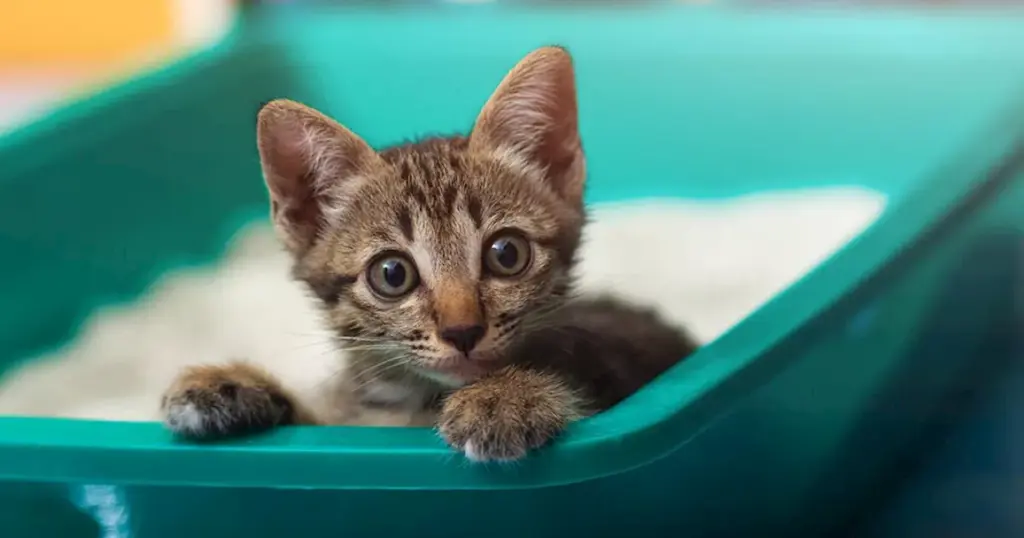
Indoor cats typically prefer using a well-maintained litter box, but many owners face challenges when their pets start eliminating outside the box. Understanding the underlying causes of this behavior can lead to effective solutions that promote a healthy and happy environment for both cats and their owners.
Common Reasons for Inappropriate Elimination
One of the primary reasons cats stop using their litter boxes is a dirty environment. Cats have a keen sense of smell, far more sensitive than that of humans. If the litter box is not regularly cleaned, cats may seek alternate locations to relieve themselves, which can lead to what is known as “inappropriate elimination.” This issue is one of the main reasons cats are surrendered to shelters.
Additionally, other factors contributing to this behavior include litter box aversion, urine marking, hormonal issues, and medical conditions such as bladder infections. If a cat suddenly begins to avoid a clean litter box, it is crucial to consult a veterinarian to rule out any health problems.
To encourage proper litter box use, it’s advisable to have one litter box for each cat, plus one additional box. Placing these boxes in quiet, accessible areas, such as a bathroom or spare bedroom, can help. Avoid placing boxes in noisy or high-traffic areas, as this can create anxiety for the cat.
Choosing the Right Litter and Maintaining Cleanliness
Selecting the right type of litter is equally important. Studies indicate that most cats prefer clumping clay litter, which is often made from sodium bentonite, a natural mineral derived from volcanic ash. When choosing litter, avoid scented options, as they can be off-putting or even harmful to cats. It’s advisable to maintain a depth of at least 2–3 inches of litter in the box and to replace it completely on a monthly basis. Daily scooping to remove waste is essential for keeping the box clean and odor-free.
Cats can suffer from health issues related to ammonia exposure, which is produced when bacteria break down urea in the litter. A dirty litter box can reach ammonia levels of 15 parts per million (ppm) within just ten days, posing health risks to both cats and humans. Symptoms of ammonia exposure in cats include coughing, drooling, and loss of appetite. For humans, exposure can cause throat irritation and respiratory issues.
Maintaining a clean litter box not only promotes better health for your cat but also reduces the likelihood of inappropriate elimination.
It is also important to note that some individuals attempt to flush cat litter and waste down the toilet, believing it to be environmentally friendly. However, this practice can introduce harmful parasites, such as Toxoplasma gondii, into waterways, impacting marine life and ecosystems. In California, where the sea otter population has drastically decreased due to this parasite, legislation now discourages flushing cat litter.
Preventing inappropriate elimination is significantly easier than addressing the behavior once it starts. By ensuring a clean and welcoming environment, selecting the right litter, and consulting with a veterinarian when necessary, cat owners can foster a positive relationship with their pets, ensuring they remain healthy and happy.






